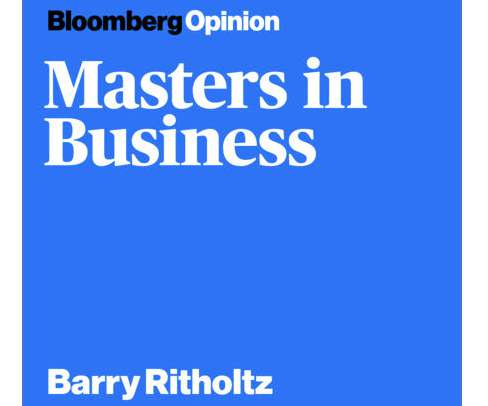VC to prioritise data science, AI for investment decisions by 2025
Future CFO
MARCH 11, 2021
Quantitative analysis will change investing strategy Gartner predicts that by 2025, the AI- and data-science-equipped VC or PE investor will become commonplace.















Let's personalize your content